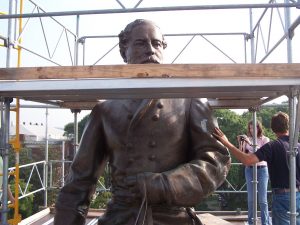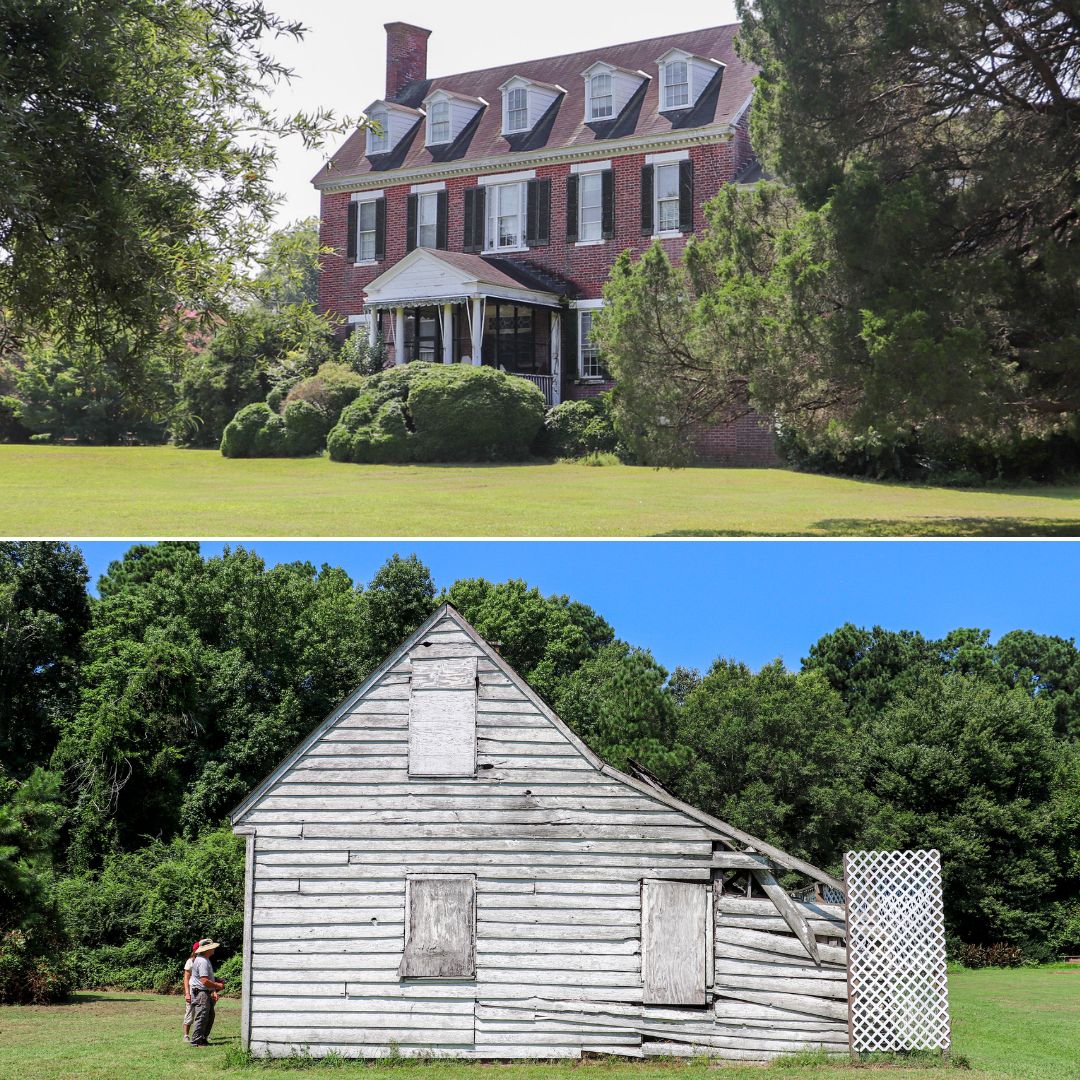Why the COV Can Remove Richmond’s Lee Monument Despite its Designation to the State and Federal Historic Registers


In response to Governor Northam’s directive to remove the statue of Robert E. Lee on Richmond’s Monument Avenue, many individuals have contacted DHR to ask whether the monument’s designation on the Virginia Landmarks Register and the National Register of Historic Places may prevent or impede its removal.
The question touches on an important aspect of listing properties on the registers, a designation that many people wrongly assume automatically “protects” a property. In fact, designation of a historic site or district to the state and national registers is honorific. Register listing results in no special protection or requirements on what a property owner may do with a property. This is a key attribute of the historic registers, one set in place to protect the property rights of owners of listed historic properties. (Local codes that do place specified protections on historic registered properties, however, may overlay state and federal historic districts.)
The Commonwealth of Virginia owns the statue of Robert E. Lee. Accordingly, regardless of its status on the registers, Virginia’s Governor has the ability to order the removal of the Lee Monument, which was erected in 1890 during the era of legally codified “Jim Crow” segregation in Virginia, a period that saw widespread “Lost Cause” memorialization of the Confederacy and its leaders throughout the South. The listing of the Lee Monument on the state and national registers in 2006 and 2007 recognized the statue as a “masterpiece” of French academic sculpture and “an icon for the cult of the ‘Lost Cause’.”
As a state-owned historic property, state code pertaining to the treatment of such property requires that state agencies consult with DHR regarding any alterations to the Lee Monument. Therefore, DHR will be providing guidance on the proper removal and storage of the monument, as the Commonwealth awaits public input on its ultimate fate.
Removal of the Lee Monument may affect its listing on the historic registers, a decision that will be determined in the future.
As a contributing historic resource in the Monument Avenue Historic District, the Lee statue’s removal, along with those of other Confederate monuments the City of Richmond owns, will have an impact on the historic district. Those actions could mean that the National Park Service, which oversees the National Register, delists the district.
Section 106 of the National Historic Preservation Act is not a factor, as some have asked, in the removal of the Lee Monument nor the other Confederate statues along Monument Avenue that Richmond Mayor Levar Stoney has announced plans to remove, pending city council approval, because these actions, presumably, will not involve federal money or permitting. Nonetheless, DHR will want to consult with the city on the ultimate fate of the monuments and their proper stewardship.










